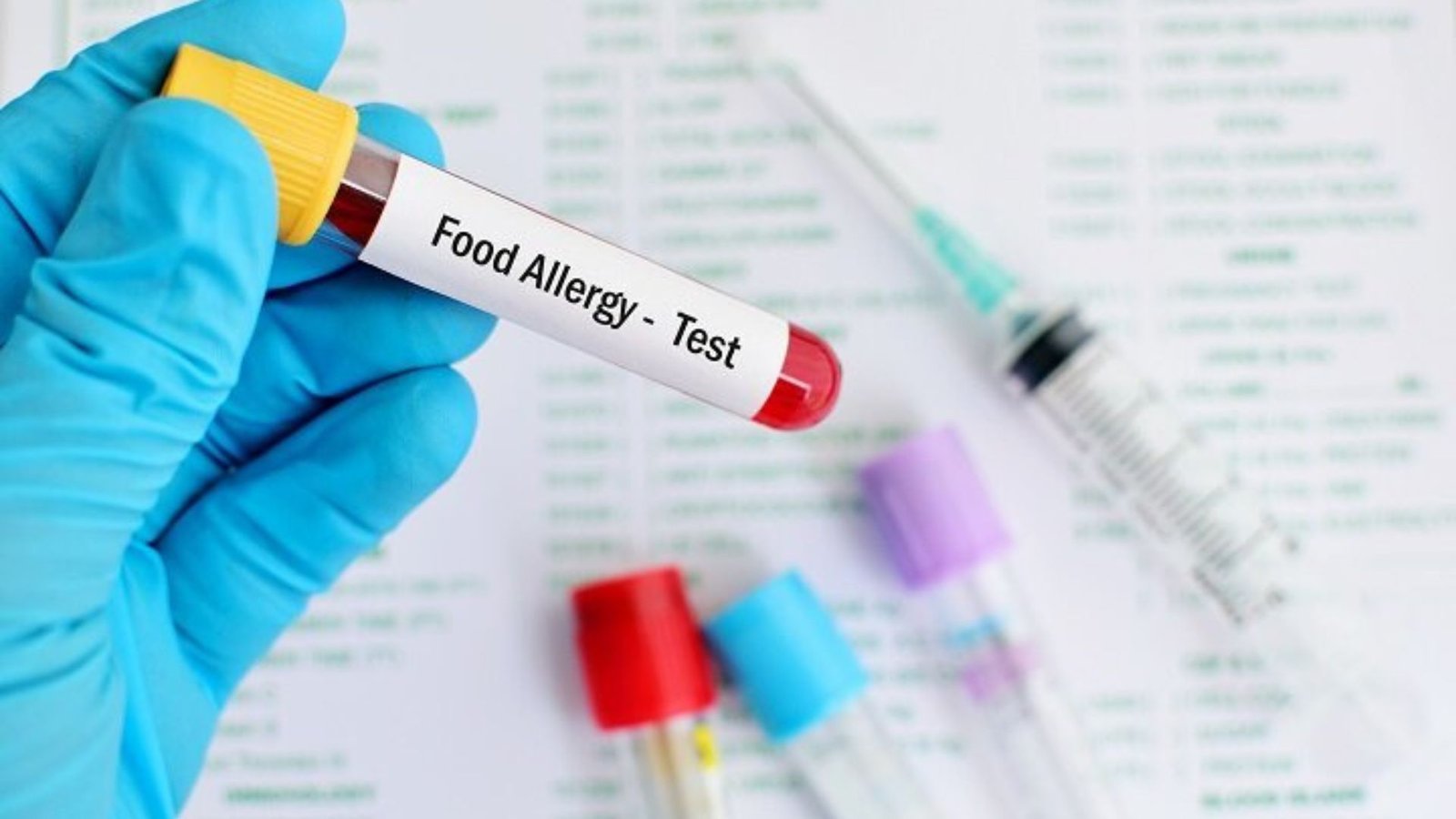Food allergies have become increasingly prevalent worldwide, affecting millions of individuals. Identifying food allergies early is crucial for managing symptoms, avoiding allergic reactions, and improving quality of life. Common food allergens can trigger a range of symptoms, from mild to severe. In this article, we will discuss the most common food allergies, how to recognize their symptoms, and what steps to take if you suspect a food allergy.

What Is a Food Allergy?
A food allergy occurs when the body’s immune system mistakenly identifies a harmless substance in food as a threat. In response, the immune system produces antibodies to combat the “invader,” leading to allergic symptoms. These reactions can range from mild discomfort to life-threatening anaphylaxis, which requires immediate medical attention.
Types of Food Allergies:
- IgE-Mediated Allergies: These involve the immune system producing immunoglobulin E (IgE) antibodies, which trigger allergic reactions.
- Non-IgE-Mediated Allergies: These involve a delayed immune response and can cause gastrointestinal or skin-related symptoms without the immediate reaction seen in IgE-mediated allergies.
Most Common Food Allergies
There are several common food allergens that account for the majority of food allergy cases. Identifying these foods is the first step in managing food allergies.
1. Peanut Allergy
Peanuts are one of the most common and potentially severe food allergens, especially in children. Symptoms can range from mild itching to severe anaphylactic shock.
Symptoms:
- Swelling of the lips, face, or throat
- Hives or rash
- Difficulty breathing
- Abdominal pain, nausea, or vomiting
- Anaphylaxis (severe, life-threatening reaction)
Common Sources:
- Peanut butter, peanut oil, baked goods, granola bars, and candy.
2. Tree Nut Allergy
Tree nuts, such as almonds, walnuts, cashews, and pistachios, are also common allergens. Symptoms are similar to those of peanut allergies but are specific to the type of nut.
Symptoms:
- Itchy mouth or throat
- Skin rashes or hives
- Swelling around the face or mouth
- Shortness of breath, wheezing
- Anaphylaxis
Common Sources:
- Nut butters, trail mixes, granola, and various snack foods.
3. Milk Allergy
Milk allergies are particularly common in infants and young children. It is different from lactose intolerance, which is a digestive issue rather than an immune response.
Symptoms:
- Vomiting or diarrhea
- Skin reactions like hives or eczema
- Swelling of the lips, tongue, or throat
- Breathing difficulties or wheezing
Common Sources:
- Cow’s milk, cheese, butter, yogurt, and processed foods containing milk proteins.
4. Egg Allergy
Eggs are another common food allergen, especially in children. It can be triggered by either egg whites or egg yolks, but egg white allergies are more common.
Symptoms:
- Hives or skin rashes
- Swelling of the face, lips, or throat
- Vomiting, diarrhea, or stomach cramps
- Breathing issues
- Anaphylaxis in severe cases
Common Sources:
- Eggs, egg-based mayonnaise, baked goods, and processed foods.
5. Wheat Allergy
Wheat allergies are most common in children but can affect adults as well. This allergy occurs when the body’s immune system reacts to proteins found in wheat.
Symptoms:
- Swelling, rash, or hives
- Abdominal pain, bloating, or diarrhea
- Nasal congestion or sneezing
- Anaphylaxis
Common Sources:
- Bread, pasta, cereal, cakes, cookies, and other wheat-containing products.
6. Soy Allergy
Soy is another common food allergen, especially among children, although many outgrow it as they age. Soy is often used in processed foods and can be found in various forms, including soy protein and soy milk.
Symptoms:
- Swelling of the face, lips, or throat
- Abdominal pain or cramping
- Diarrhea or vomiting
- Rash or hives
- Breathing difficulties
Common Sources:
- Soy milk, tofu, edamame, soy sauce, and processed food containing soy ingredients.
7. Shellfish Allergy
Shellfish allergies are often lifelong and can cause severe reactions. There are two main types: crustaceans (shrimp, crab, lobster) and mollusks (clams, oysters, scallops, squid).
Symptoms:
- Itching or swelling in the mouth or throat
- Hives or rash
- Difficulty breathing
- Nausea, vomiting, or diarrhea
- Anaphylaxis
Common Sources:
- Shrimp, lobster, crab, clams, oysters, and squid.
8. Fish Allergy
Fish allergies, particularly to finned fish like salmon, tuna, and halibut, are also common. Symptoms are similar to shellfish allergies.
Symptoms:
- Rash, swelling, or hives
- Difficulty breathing
- Abdominal pain or nausea
- Anaphylaxis
Common Sources:
- Salmon, tuna, halibut, and other finned fish.
How to Recognize the Symptoms of Food Allergies
Food allergies can cause a wide range of symptoms. Some reactions are mild, while others can be life-threatening. Recognizing these symptoms early can help prevent more serious reactions.
Mild Symptoms:
- Itching or tingling in the mouth
- Skin rash or hives
- Swelling of the lips, face, or eyes
- Abdominal discomfort, nausea, or diarrhea
Moderate Symptoms:
- Wheezing or coughing
- Difficulty swallowing or speaking
- Vomiting or severe stomach cramps
- Red, itchy eyes or nasal congestion
Severe Symptoms (Anaphylaxis):
- Swelling of the throat or tongue, leading to difficulty breathing
- Rapid pulse or drop in blood pressure
- Loss of consciousness
- Dizziness or fainting
If any of these severe symptoms occur, seek immediate medical attention, as anaphylaxis can be fatal if not treated promptly.
Conclusion
Food allergies can be life-altering, but with the right approach, they can be managed effectively. Identifying common food allergies and recognizing symptoms early is the first step in ensuring safety and avoiding severe allergic reactions. If you or your child suspects a food allergy, it’s important to seek medical advice for proper diagnosis and management. By staying informed and prepared, individuals with food allergies can lead healthy, active lives.











